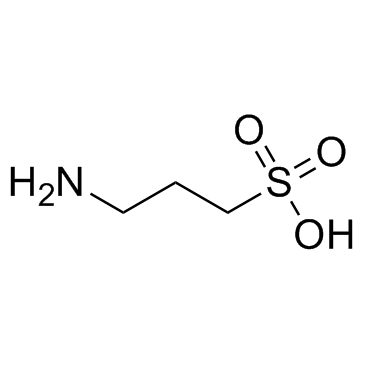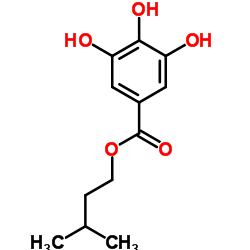| Structure | Name/CAS No. | Articles |
|---|---|---|
 |
Tramiprosate
CAS:3687-18-1 |
|
 |
Glutamate dehydrogenase (NADP)
CAS:9029-11-2 |